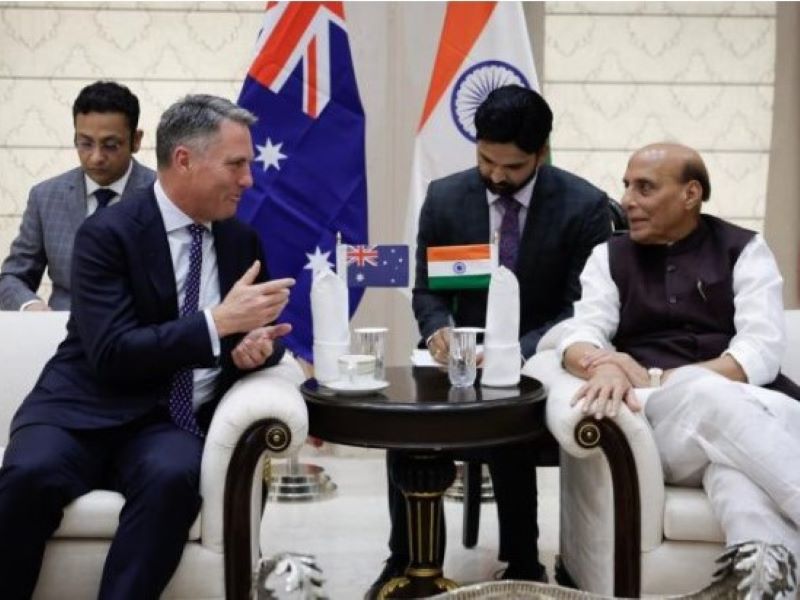Australia and India will work together on a collaborative research project aimed at enhancing undersea surveillance capabilities, marking the first science and technology pact between the nations.
The three-year initiative focuses on improving submarine detection and autonomous underwater vehicle tracking through advanced technologies.
The project involves the Defence Science and Technology Group’s (DSTG) Information Sciences Division and India’s Defence Research and Development Organisation’s Naval Physical and Oceanographic Laboratory.
The collaboration aims to test novel algorithms and share expertise between the two nations on undersea surveillance systems, one of the focus technologies of AUKUS Pillar II.

The joint research will explore using towed array target motion analysis to enhance current surveillance systems’ reliability and efficiency.
A towed array-based signal processing system consists of hydrophones towed behind a vessel to detect underwater acoustic signals. It analyses sound signals to identify and track maritime targets.
Amanda Bessell, DSTG’s Information Sciences Division discipline leader, said target motion analysis — a collective term for target tracking algorithms — was important to maintain situational awareness during so-called passive operations.
Information Sciences Division chief Suneel Randhawa said the project has the potential to “guide the development of future algorithmic directions for our undersea combat system surveillance technologies”.
“We need to harness the best minds in innovation, science and technology to build new capabilities, to innovate at greater pace, and to strengthen our strategic partnerships,” Mr Randhawa said.
According to Defence, the initiative is the “latest milestone in increasing maritime domain awareness cooperation between Australia and India”.
Do you know more? Contact James Riley via Email.
